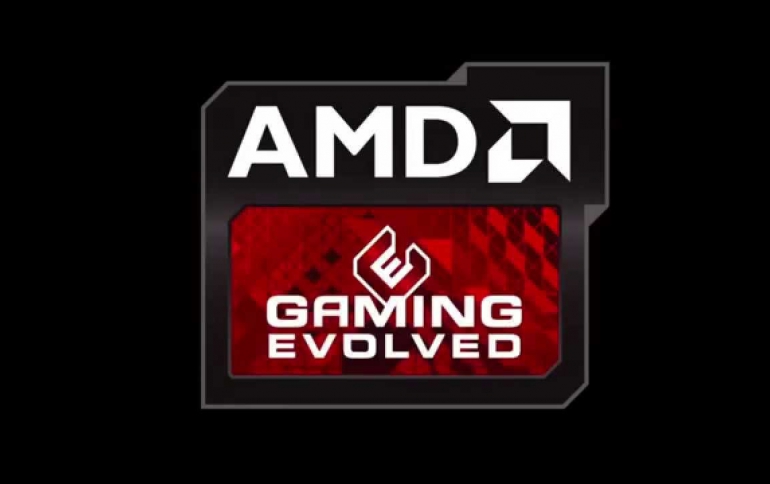
AMD Touts Radeon Graphics Capabilities In The DirectX 12 Era
AMD is trying to take the pole position in the DirectX 12 era with a roster of DirectX 12 games and engines, each with tuning for its Graphics Core Next (GCN) architecture at the heart of the latest Radeon GPUs. "DirectX 12 is poised to transform the world of PC gaming, and Radeon GPUs are central to the experience of developing and enjoying great content," said Roy Taylor, corporate vice president, Content and Alliances, AMD. "With a definitive range of industry partnerships for exhilarating content, plus an indisputable record of winning framerates, Radeon GPUs are an end-to-end solution for consumers who deserve the latest and greatest in DirectX® 12 gaming."
The latest games that use the Direct X APi and have been optimized for AMD's Radeon GPUs are the following:
- Ashes of the Singularity by Stardock and Oxide Games
- Total War: WARHAMMER by Creative Assembly
- Battlezone VR by Rebellion
- Deus Ex: Mankind Divided by Eidos-Montréal
- Nitrous Engine by Oxide Games
Important PC gaming effects like shadowing, lighting, artificial intelligence, physics and lens effects often require multiple stages of computation before determining what is rendered onto the screen by a GPU's graphics hardware.
In the past, these steps had to happen sequentially. Step by step, the graphics card would follow the API's process of rendering something from start to finish, and any delay in an early stage would send a ripple of delays through future stages. These delays in the pipeline are called "bubbles," and they represent a brief moment in time when some hardware in the GPU is paused to wait for instructions.
AMD claims that its Graphics Core Next architecture is able to pull in useful compute work from the game engine to fill these bubbles. For example: if there's a rendering bubble while rendering complex lighting, Radeon GPUs can fill in the blank with computing the behavior of AI instead. Radeon graphics cards don't need to follow the step-by-step process of the past or its competitors, and can do this work together -- or concurrently -- to keep things moving.
Filling these bubbles improves GPU utilization, input latency, efficiency and performance for the user by minimizing or eliminating the ripple of delays that could stall other graphics cards.





















